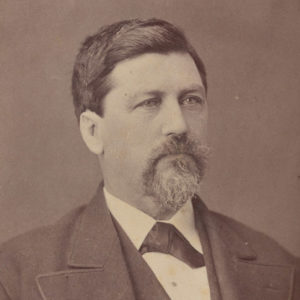Entry Category: Civil War
White River Expedition (August 5–8, 1862)
White River Expedition (December 13–15, 1864)
White River Expedition (February 20–26, 1864)
White River Expedition (February 4–8, 1864)
White River Expedition (January 13–19, 1863)
White River Station, Skirmish at
White River, Skirmish at (March 22, 1863)
White Springs, Skirmish at
Whiteley’s Mills, Skirmish at
Whitmore’s Mill, Skirmish at
aka: Skirmish at Whitten's Mill
Whitney’s Lane, Action at
aka: Skirmish at Searcy Landing
Wild Haws Expedition
aka: Strawberry Creek Expedition
 Samuel N. Wood
Samuel N. Wood




